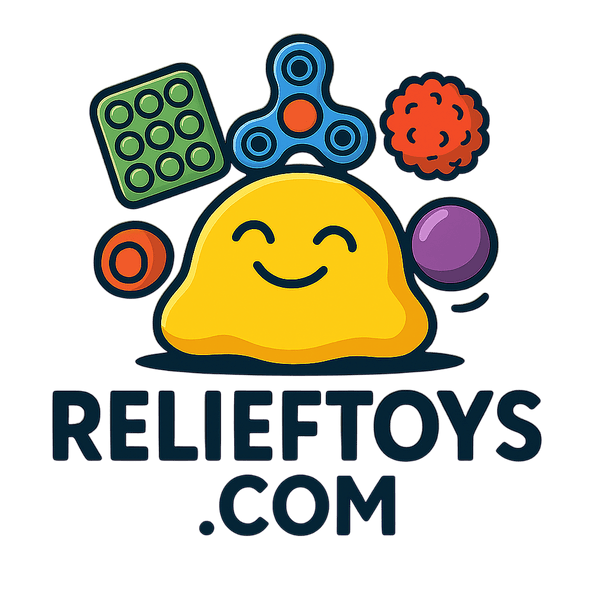The Science Behind Stress Relief Toys: Why They Calm Your Mind
Share
Let’s be honest: life is messy. Deadlines pile up, bills appear out of nowhere, and your brain refuses to stop replaying that awkward thing you said in 7th grade. For a lot of us, stress isn’t just a mood—it’s a full-time roommate. Over the past few years, I’ve tried everything from meditation apps to herbal teas, and somewhere along the way, I stumbled into the surprisingly satisfying world of stress relief toys. And here’s the thing: they work. But why?
Why Something So Simple Can Feel So Powerful
When you hold a stress ball, squeeze a squishy, or twist a fidget spinner, something happens beyond just “this feels good.” Scientists call it sensory input. Your brain craves little bursts of tactile feedback, and when it gets them, it can actually calm down. The repetitive motion of squeezing or spinning gives your mind a micro break, a tiny pause to reset. It’s almost Pavlovian—the act itself signals, “Hey, slow down.”
For anyone who has spent a full workday staring at a screen, I can tell you this sensation is underrated. It’s like giving your brain a gentle nudge to step off the emotional treadmill for a minute.
Fidget Toys vs. Stress Balls: A Quick Breakdown
If you’ve ever wondered whether to grab a stress ball or a fidget toy, you’re not alone. Stress balls are classic. You squeeze, roll, and release tension in your hands. Fidget toys go a bit further—they offer clicks, spins, folds, and even textures that keep your fingers occupied in a more complex way. Some research, like this breakdown, suggests fidget toys can improve focus, too. Personally, I rotate depending on mood. Some mornings call for a calm squeeze. Some afternoons, I need a tactile puzzle to chew through the jittery energy.
What the Science Says
Here’s the part that made me sit up. A number of studies point to the brain’s response to small, controlled movements. When you engage with a toy, your parasympathetic nervous system—the “rest and digest” crew—kicks in. Heart rate can slow. Breathing can even out. It’s not magic. It’s just your body responding to a tiny, controlled stimulus in a sea of chaos. You can read more about how fidget toys help reduce anxiety and improve focus if you want the nerdy science version.
Personal Confession: Why I Keep a Stash
I keep a basket of toys on my desk. A squishy cookie, a soft cube, a little butter-stick pinching toy (don’t ask—it’s strangely satisfying). Sometimes, I grab one in the middle of a tense Zoom call and pretend I’m doodling. Other times, it’s late at night, and the only thing between me and my overthinking brain is a slow roll of a stress ball across my palms. They feel silly until they don’t.
I also discovered that having options matters. A single stress ball is great, but having a variety lets your mood pick what it needs. The full collection here is worth exploring if you’re ready to experiment.
Not Just for Kids
I’ll admit, when I first started using these toys, I worried I looked childish. That lasted all of five seconds once I noticed my stress levels dropping. Here’s a reality check: adults get stressed too. The difference is that most of us don’t give ourselves permission to do something that feels small, tactile, and playful. And that’s exactly why these toys work.
Wrapping Up
Stress relief toys aren’t a miracle cure. They’re not going to erase life’s curveballs. But they do offer micro-moments of calm, a way to take a breath when everything around you is demanding more than you have. For me, that has been huge. If you’re curious, start with a few favorites and notice how your brain reacts. Sometimes, the simplest tools are the ones that work the hardest.
If you’ve ever felt overwhelmed, frustrated, or just… jittery, give yourself permission to play a little. Your mind will thank you.
